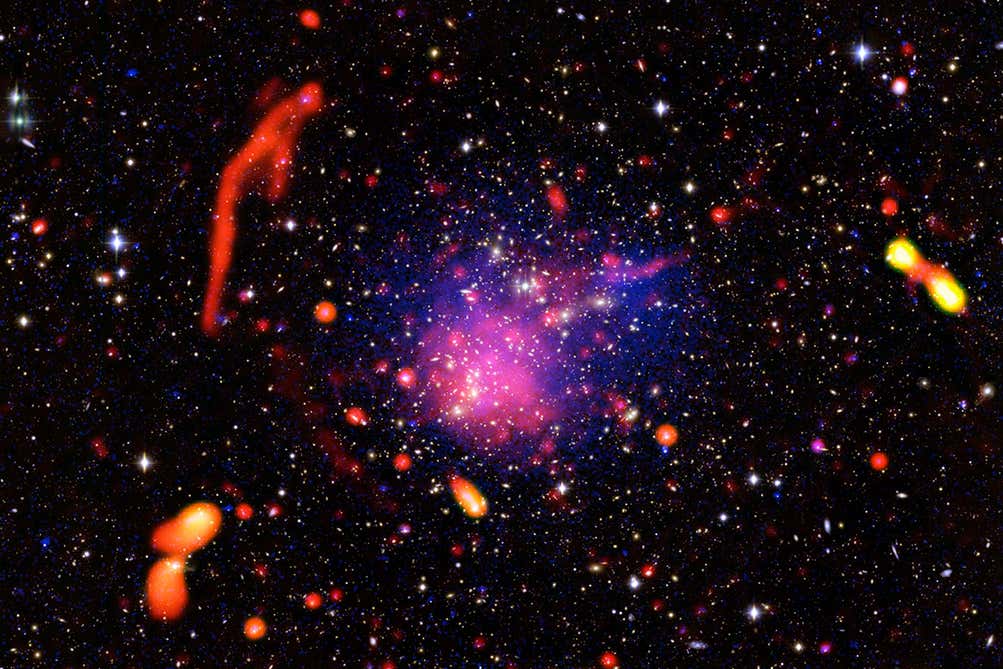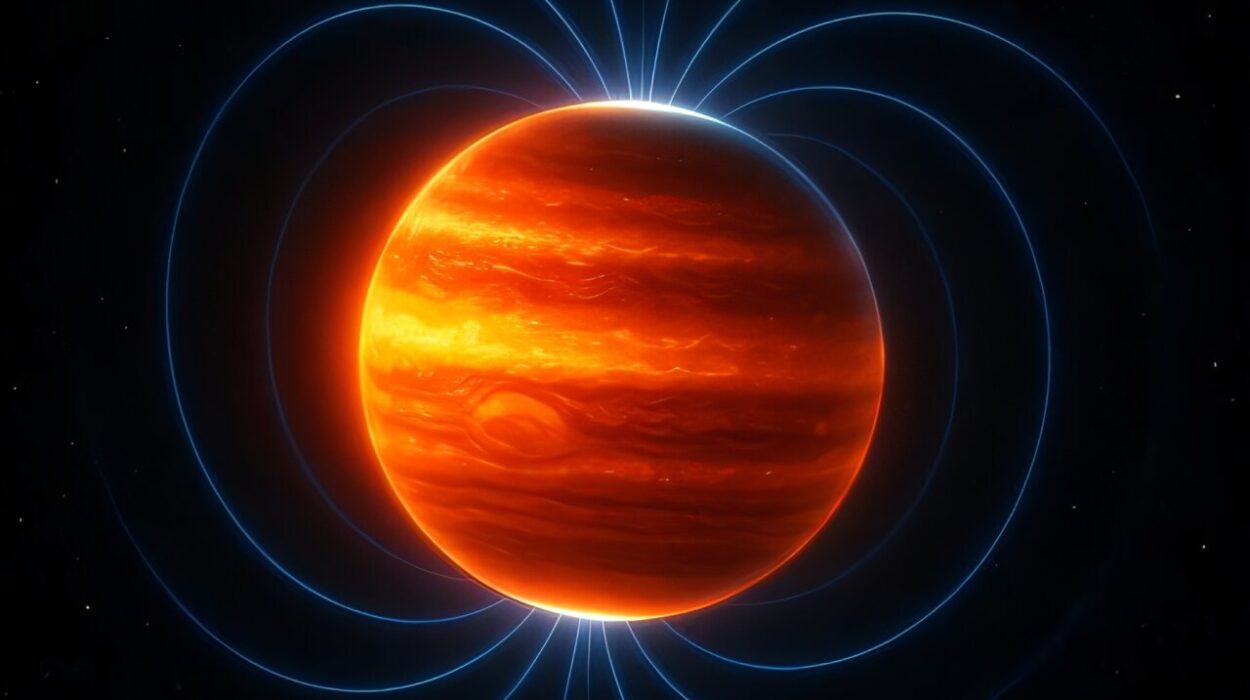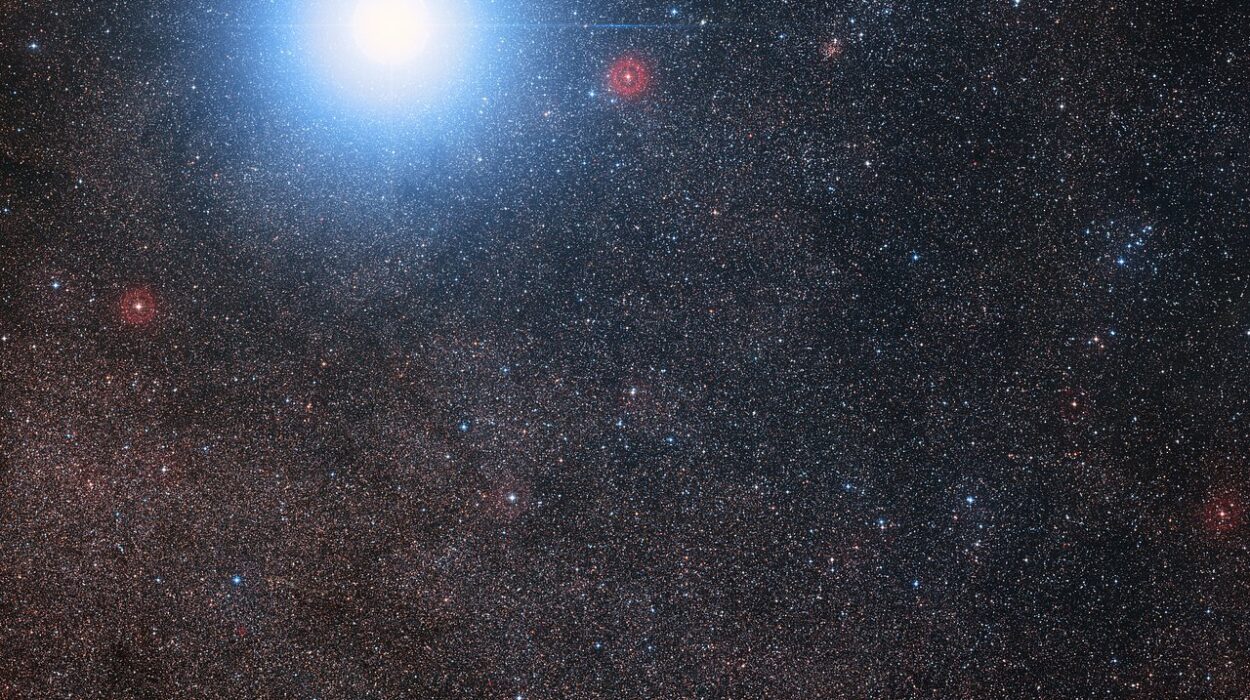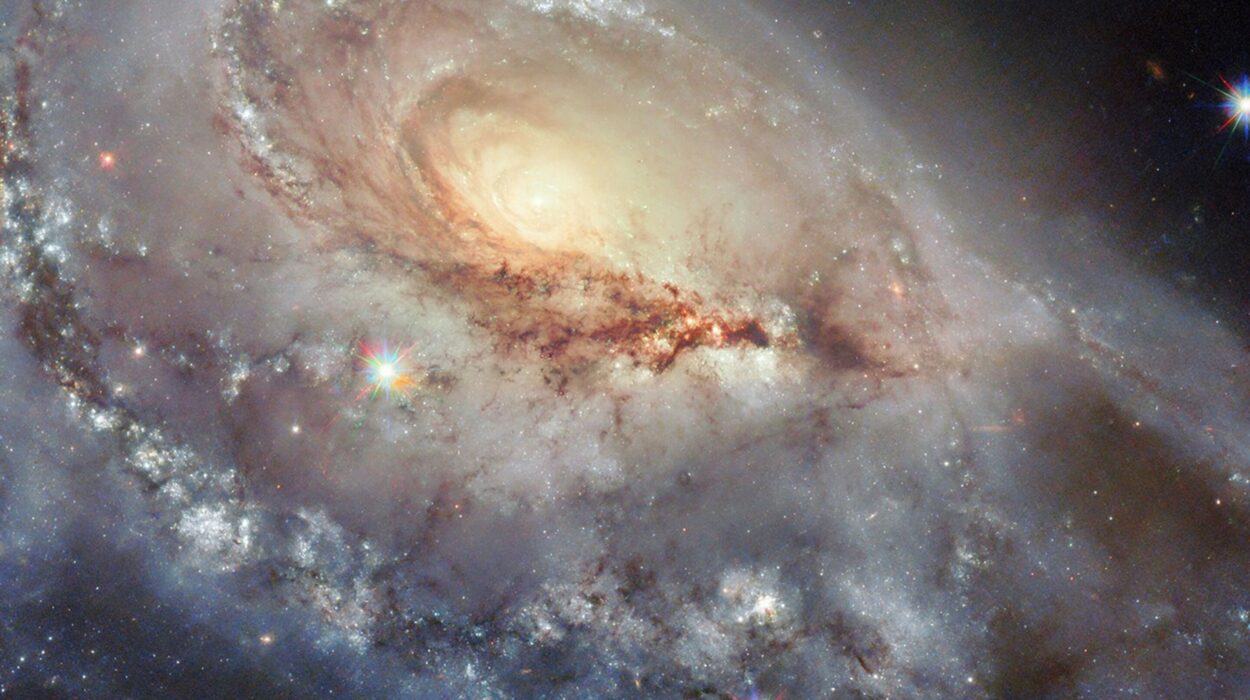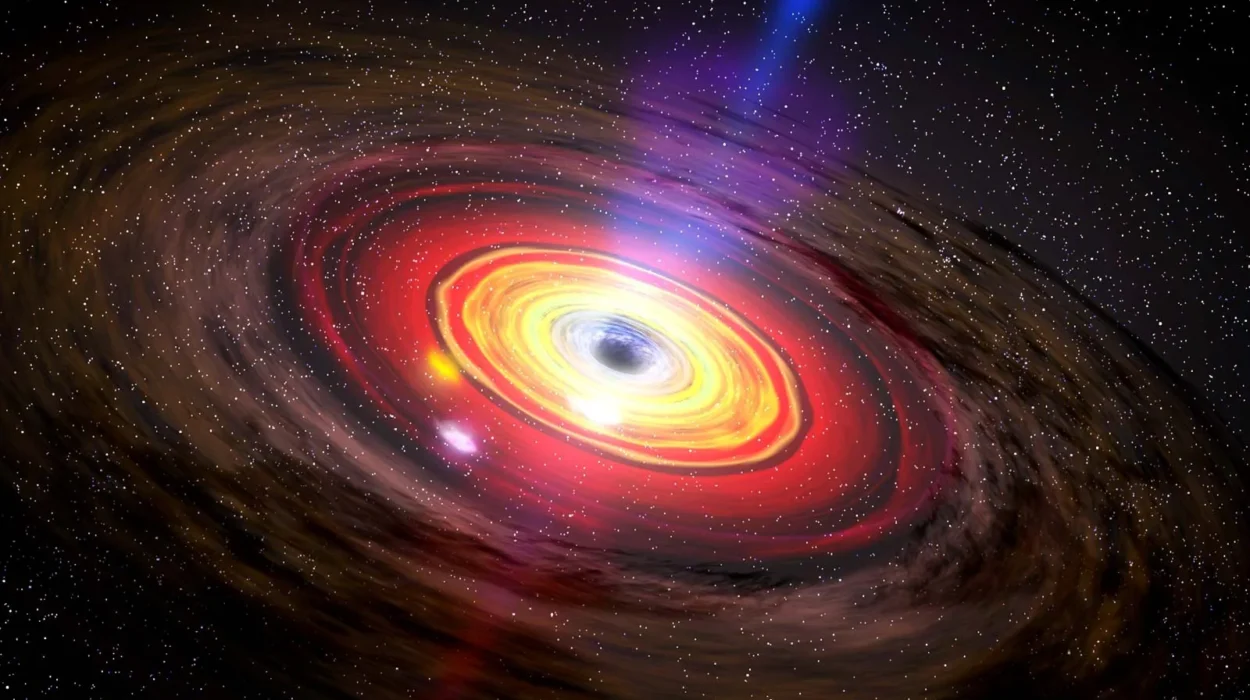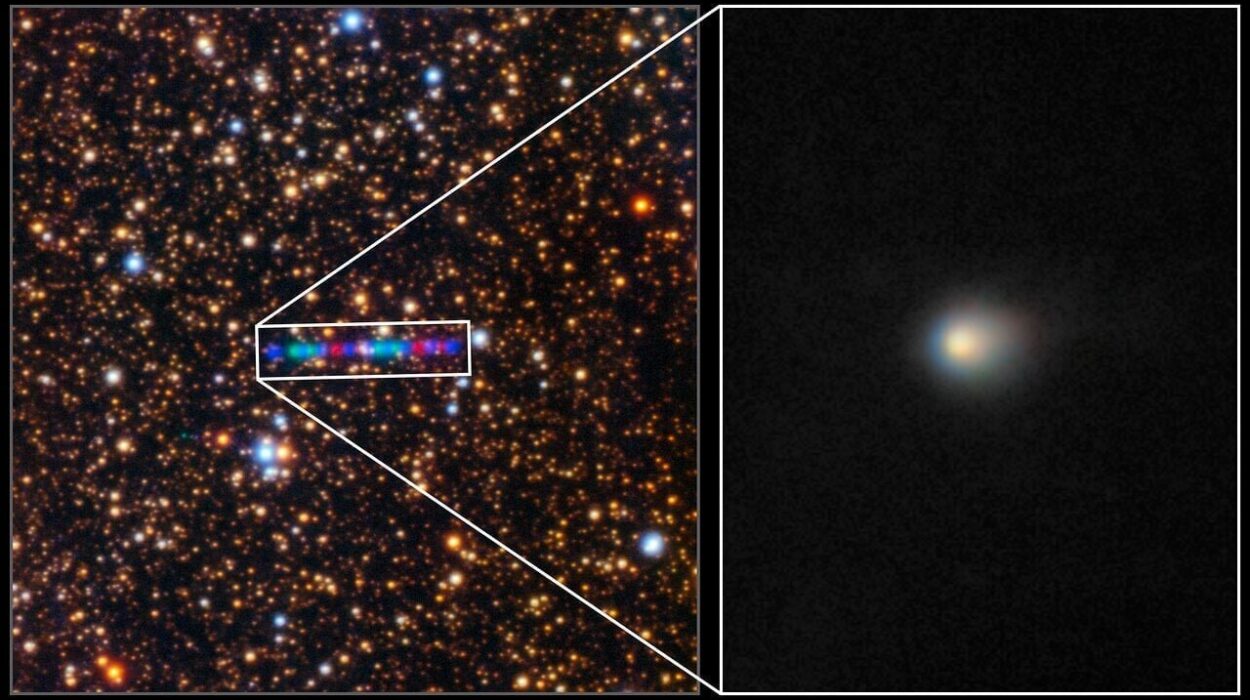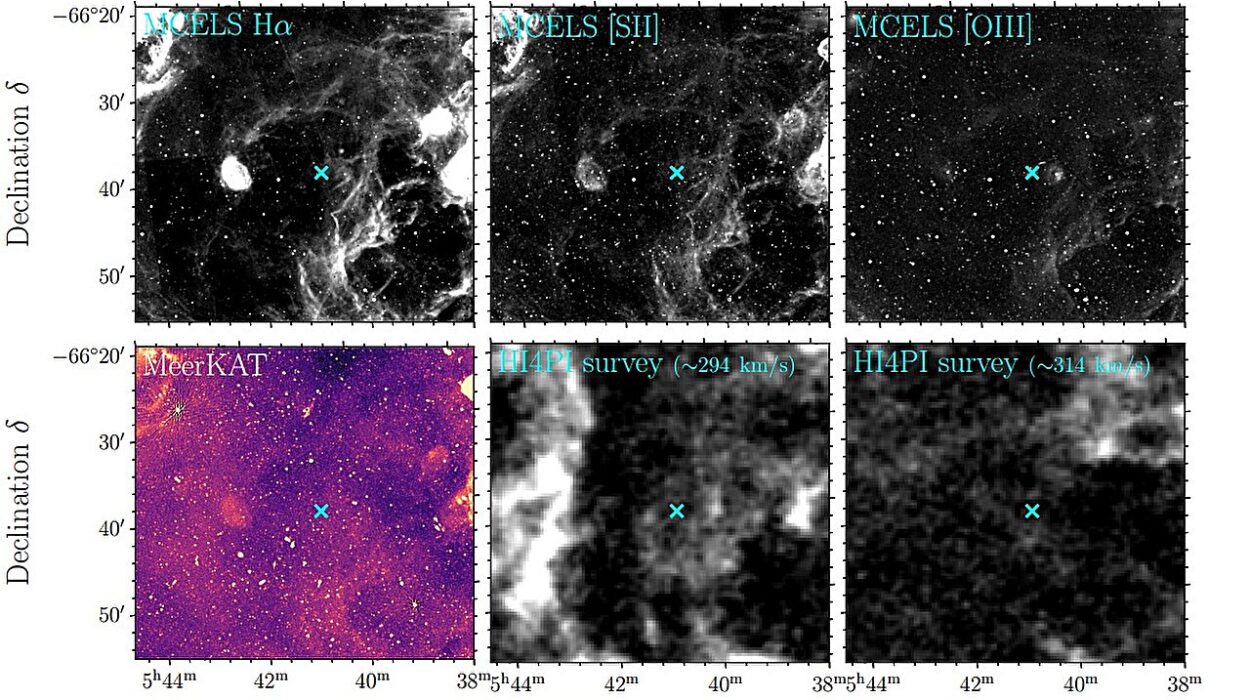When you look up at the night sky, what do you see? Stars, constellations, maybe a distant planet glimmering with borrowed light. But what if you were told that you’re not seeing these objects as they are—but as they were? That the glow of every star, the shimmer of every galaxy, is a time-delayed message from the past, crossing unimaginable distances to reach your eyes?
This isn’t science fiction—it’s the extraordinary reality of our universe. Light, though unimaginably fast, takes time to travel. And because of that, space telescopes act as time machines. They let us glimpse ancient stars, long-dead galaxies, and even the cosmic birth of the universe itself. The deeper we peer into the cosmos, the farther back in time we go.
Understanding how space telescopes help us see the past isn’t just about physics. It’s about perspective. It’s about seeing ourselves not just in the present, but as part of a vast, unfolding story written in light, space, and time. Let’s explore this awe-inspiring journey.
The Speed of Light: Nature’s Universal Speed Limit
Light travels at about 299,792 kilometers per second—just under 300,000 kilometers per second. That’s roughly 186,000 miles per second. In one second, light could circle the Earth over seven times. It’s fast, unimaginably fast—but it’s not instantaneous.
The moon, for example, is about 384,000 kilometers away. Light from the moon takes a little over one second to reach Earth. That means when you look at the moon, you’re seeing it as it was a second ago. Not much, perhaps—but the farther you go, the more dramatic this delay becomes.
Sunlight takes roughly 8 minutes and 20 seconds to reach Earth. If the sun were to suddenly disappear (hypothetically), we wouldn’t know for over eight minutes. We live in a time-lagged reality.
Now extend this principle outward. The nearest star system, Alpha Centauri, is over four light-years away. Its light takes more than four years to reach us. So the Alpha Centauri you might glimpse through a telescope tonight? That light began its journey before the last U.S. presidential election.
This is the foundation of astronomy’s most poetic truth: to observe the universe is to look into the past.
Why Space Telescopes Matter
Telescopes on Earth have limitations. The atmosphere, for all its life-giving benefits, distorts light. It blurs and bends the images that come from the cosmos. Certain wavelengths—like ultraviolet, X-rays, and gamma rays—are blocked completely. While this protects us from dangerous radiation, it also means we’re blind to huge swaths of the electromagnetic spectrum.
Enter space telescopes. Orbiting above Earth’s atmosphere, these instruments get a crystal-clear view of the cosmos. More importantly, they can detect types of light that never reach the ground. Infrared, ultraviolet, X-rays—each reveals different secrets about the universe.
From their vantage points in space, these telescopes don’t just look far away. They look far back in time. They collect light that’s been traveling for millions, even billions, of years—light that began its journey long before Earth existed as we know it.
Hubble Space Telescope: A Window to the Deep Past
Launched in 1990, the Hubble Space Telescope revolutionized our view of the cosmos. While Hubble observes mainly in visible and ultraviolet light, its location above the atmosphere gives it unmatched clarity. What Hubble has shown us over the decades has been breathtaking.
Perhaps its most famous image is the Hubble Deep Field. In 1995, astronomers pointed Hubble at a seemingly empty patch of sky. It was a bold choice—there was nothing visible in that dark sliver, no stars, no galaxies, nothing. They exposed the telescope’s cameras for ten consecutive days.
The result? An image filled with over 3,000 galaxies, each one containing billions of stars. Some of these galaxies were so far away, their light had taken over 12 billion years to arrive. Hubble had peered deep into the early universe, revealing galaxies that formed just a few hundred million years after the Big Bang.
These weren’t just dots of light; they were snapshots from the dawn of time. They showed us what galaxies looked like when the universe was young—smaller, messier, more chaotic. Through Hubble, we weren’t just seeing the past; we were witnessing the infancy of creation.
James Webb Space Telescope: Peering Further Back Than Ever Before
In December 2021, a successor to Hubble launched into space: the James Webb Space Telescope (JWST). This observatory was designed to see even deeper into the cosmos—and thus further back in time—than anything before it. It does this primarily through infrared light.
Why infrared? As light travels across vast distances, the expansion of the universe stretches its wavelength. This is called redshift. The farther the light travels, the more it shifts toward the red end of the spectrum. Light from the earliest galaxies has been stretched so much that it now lies in the infrared range.
Webb’s ultra-sensitive instruments are built to capture this ancient infrared light. From its position a million miles from Earth, it stares into deep space, collecting photons that have traveled for over 13 billion years.
In its first year of operation, JWST began detecting galaxies that formed just 300 million years after the Big Bang. That might sound like a long time, but in cosmic terms, it’s the universe’s toddler stage. Webb’s discoveries are not only confirming theories about early galaxy formation—they’re challenging them. Some of the earliest galaxies appear more mature, more developed, than we ever expected.
In a very real sense, the James Webb Space Telescope is letting us watch the universe build itself.
Seeing Stars Before They Died
Stars, too, are messengers from the past. When we look at a star 1,000 light-years away, we’re seeing it as it was 1,000 years ago. If that star exploded in a supernova last week, we won’t know for centuries.
This isn’t just a thought experiment. Consider Betelgeuse, a red supergiant about 700 light-years from Earth. It’s nearing the end of its life and could go supernova at any time—in cosmic terms, within the next 100,000 years. But if it exploded tomorrow, Earth wouldn’t see the blast until around the year 2724.
Space telescopes allow us to study stars at every stage of their lives, from their birth in stellar nurseries to their deaths as white dwarfs, neutron stars, or black holes. In many cases, these stages happened long ago—but the light is only reaching us now.
In this way, every star we observe becomes a relic, a time capsule of an earlier era.
Galaxies as Time-Locked Structures
Galaxies are not static. They grow, merge, evolve, and sometimes even tear themselves apart. By observing galaxies at different distances, astronomers essentially line them up as a timeline of galactic evolution.
Nearby galaxies—like Andromeda—show us mature, structured forms. Spiral arms, settled star populations, and complex dynamics. But the further we look, the more we see chaotic, irregular shapes. These are the younger galaxies, still forming stars at a furious rate, colliding with neighbors, and coalescing into the grand spirals we recognize today.
Space telescopes give us access to this natural history museum of cosmic evolution. Each galaxy at a different distance becomes a chapter in the story of how structure arose from the formless early universe.
Cosmic Background Radiation: The Afterglow of Creation
Perhaps the most ancient light we can observe is the cosmic microwave background (CMB). This is not starlight. It’s not light from galaxies. It’s the afterglow of the Big Bang itself—a fossil of the moment when the universe became transparent to light.
For the first 380,000 years after the Big Bang, the universe was a dense, hot plasma. Light couldn’t travel freely because it was constantly scattered by electrons. But as the universe cooled, protons and electrons combined to form neutral atoms. Suddenly, light could travel unimpeded. That first light is still traveling, stretched into the microwave part of the spectrum by 13.8 billion years of cosmic expansion.
The CMB was first discovered in 1965, and satellites like COBE, WMAP, and Planck have mapped it in extraordinary detail. While not technically a telescope, these missions revolutionized our understanding of the early universe.
By studying tiny temperature variations in the CMB, astronomers have learned about the universe’s composition, its rate of expansion, and its age. That faint, ancient light is a cosmic fingerprint—the earliest chapter in the story of everything.
Supernovae as Beacons of the Past
When massive stars die, they often explode in spectacular supernovae. These explosions can outshine entire galaxies for brief periods, releasing vast amounts of energy and heavy elements into space.
Supernovae are not just dramatic events—they’re cosmic signposts. Some, called Type Ia supernovae, have very predictable brightness. Astronomers use them as “standard candles” to measure cosmic distances. By comparing how bright a supernova appears from Earth to its known intrinsic brightness, scientists can calculate how far away it is.
In 1998, observations of distant supernovae revealed something shocking: the expansion of the universe is accelerating. This unexpected finding led to the theory of dark energy—a mysterious force pushing galaxies apart faster and faster.
Without the ability to observe ancient supernovae, made possible by space telescopes and their time-lens vision, this revolutionary discovery might never have happened.
Looking Back Helps Us Look Ahead
Studying the past is not just about nostalgia. It’s about understanding the processes that shape the future. When space telescopes peer into the ancient universe, they help us answer fundamental questions: How did the first stars ignite? When did galaxies form? How did planets begin to coalesce from clouds of gas?
These answers help us place our solar system, our planet, even ourselves, into context. We learn how common—or rare—Earth-like planets might be. We understand the conditions that led to life here. And perhaps, we get closer to answering the ultimate question: Are we alone?
Seeing the past is also key to predicting the future. Understanding stellar lifecycles helps us anticipate the sun’s fate. Observing galactic collisions hints at what might happen when Andromeda and the Milky Way eventually merge.
In every sense, looking back through time prepares us for what lies ahead.
The Emotional Weight of Cosmic Time
There’s something profoundly moving about seeing into the past. The idea that the light we receive tonight left its source before human civilization existed is humbling.
Some photons captured by space telescopes began their journey when Earth was a lifeless rock. Others have traveled through epochs when dinosaurs roamed, or when early humans first lit fires. These tiny messengers, traveling silently across billions of years, finally arrive—only to be intercepted by mirrors, sensors, and curious minds.
We live in a moment where we can witness the echoes of creation itself. Space telescopes give us that gift—not just scientifically, but spiritually. They remind us of our smallness, yes—but also of our incredible capacity to understand, to wonder, and to reach beyond our brief lifetimes.
Conclusion: The Universe as a Memory Machine
In the end, space telescopes do more than observe the universe. They reveal its memory. Every beam of light is a record of a moment that has passed, preserved not in ink or stone but in electromagnetic waves stretching across the cosmos.
To look up with a telescope is to read history—not written in words, but painted in light. It is to see stars before they died, galaxies before they matured, and the universe before it knew planets or people.
As long as we continue to build these machines, to launch them beyond our atmosphere, and to dream with our eyes open, we will keep uncovering new pages in the grand story of everything.
We will keep seeing the past—and in doing so, we will keep learning who we are.
